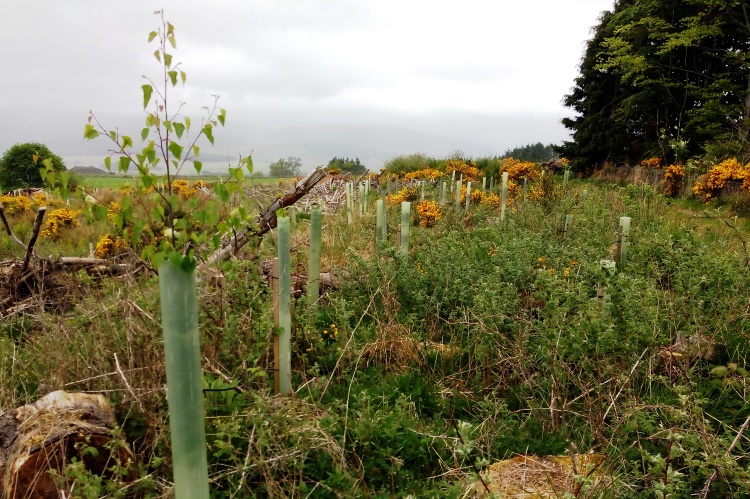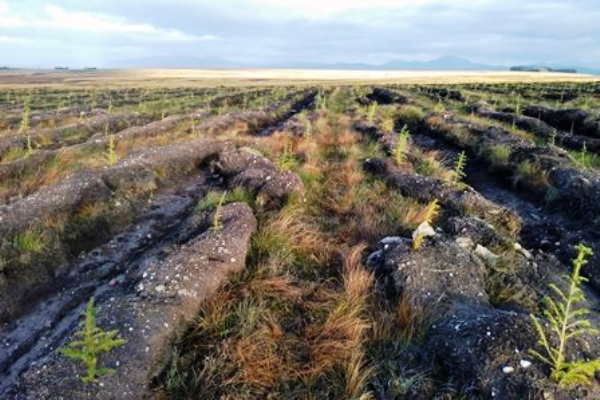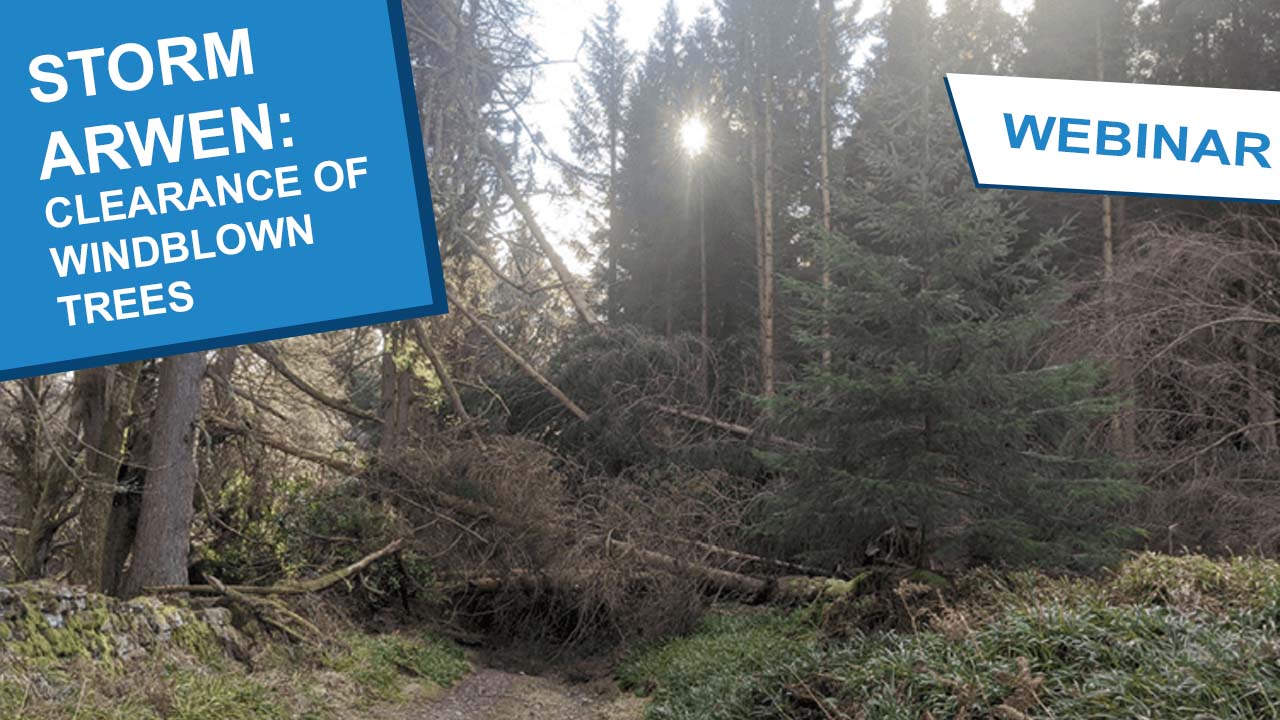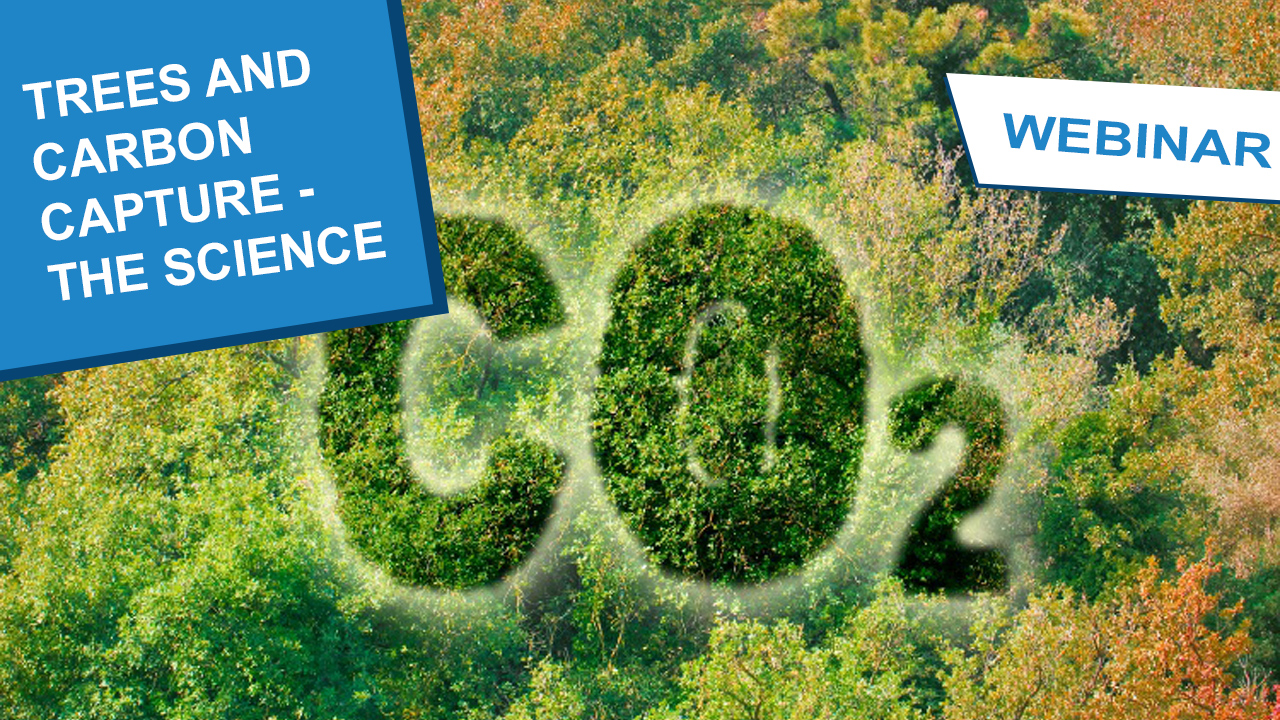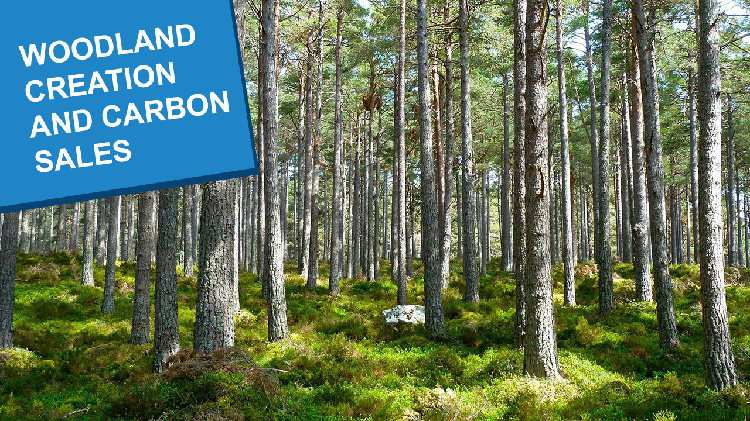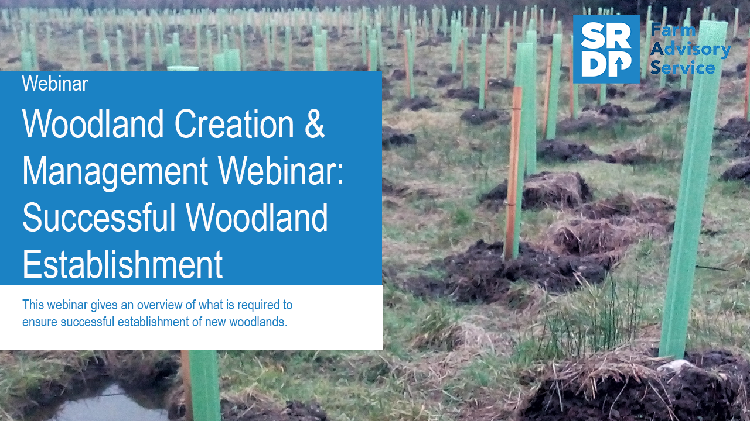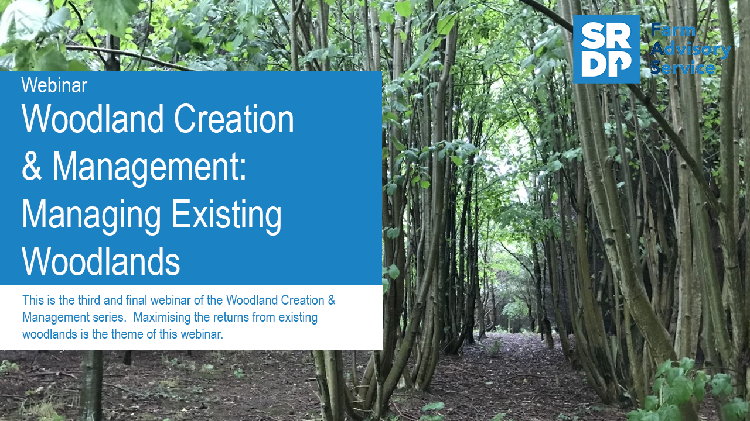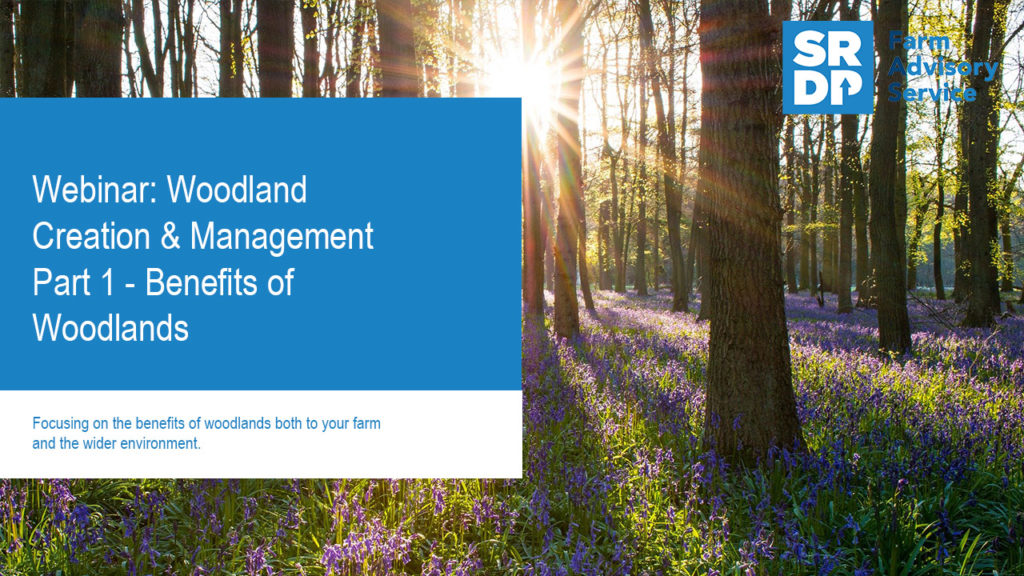Woodland Creation
There are many reasons why investing in woodland can help your farm business. The benefits include:
- Shelter for livestock and crops
- Biosecurity for livestock
- Improvements in biodiversity
- Reduction of diffuse pollution & bank stabilisation
- Cash inflow from timber crops
- Carbon sequestration
- Sports/leisure diversification
In this section, we have gathered the information you need to help get you started. Our podcast discusses the Top Ten questions our foresters get asked about woodland creation & management.
Native Woodland Creation
Scottish Forestry, define 'Native Woodlands' as:
"Native tree species are those which arrived naturally in Scotland without direct human assistance as far as we can tell. Most of our native tree and shrub species colonised Scotland after the last Ice Age (which ended roughly 9,000 years ago), with seeds dispersed by wind, water, and animals.
Scotland's most common native trees and shrubs include Scots pine, birch (downy and silver), alder, oak (pedunculate and sessile), ash, hazel, willow (various species), rowan, aspen, wych elm, hawthorn, holly, juniper, elder and wild cherry. "
When considering the creation of native woodland it is important to think about both the site and tree selection. You want to ensure that you are choosing the right type of woodland to go in the right place for the right reason. Native woodland has all of the benefits of a commercial scheme but usually with less long term management. Some benefits include shelter, making use of less productive ground, sediment control, bank stabilisation and connecting existing woodlands to expand this natural resource. Find out more on our 'Native Woodland Creation' page where we have links to lots more information and resources.
Right Tree in the Right Place
Including trees within your land can have multiple benefits to your land. Trees can offer many ecosystem services to your land from soil sequestration to shelter for livestock and crops. This videos explores the impact the addition of trees have made to Knockbain Farm. Through discussing the farm with Richard Lockett we discuss the multiple benefits the farm is experiencing from the addition of trees and the lessons learnt.
Woodland creation projects can offer land managers great benefits, from improving water management on site, carbon storage, production of timber and providing natural shelter for livestock and crops. Woodlands can also be critical to improving biodiversity if they are put in the right place for the site and the species which are already present in the area. Check out the case study on how an innovative project on Glensanda Estate has developed over the years. Glensanda Woodland Creation: Biodiversity | Helping farmers in Scotland | Farm Advisory Service (fas.scot)
The Scottish Government planting targets do not mean that every possible area should be planted. Recent research has found that in certain areas trees planted on moorlands are not storing more carbon and that allowing the land to remain heather-dominated could be more beneficial for carbon storage purposes. Allargue Estate took the decision when assessing the viability of their forestry enterprise to replant native plantations at a lower altitude and you can read all about their story in this case study. https://www.fas.scot/article/tree-relocation-allargue-estate/
Related FAS Resources
Growing trees and your business at the same time
Commercial Woodland Creation
Commercial forestry describes woodlands grown with the main aim of producing a timber crop. Most commonly, particularly in Scotland, this means fast-growing conifers producing softwood timber, but also includes broadleaves grown for hardwood timber.
UK commercial forestry has historically been dominated by the fast-growing and versatile Sitka spruce. Other common species include Scots pine, Douglas fir, Norway spruce and larches. In response to climate change and the threat from tree pests and diseases, a wider range of conifer species are being planted: find out more about alternative conifer species in Farm Woodland News 34 Spring 2020
Commercial broadleaved woodlands can produce high quality, high-value hardwood timber in the right climate conditions and on good quality land. Typical tree species suitable for growing hardwood timber crops include oak, sycamore, cherry, beech and birch.
Find out more in our Commercial Woodlands Creation page where we have links to lots more information and resources.
Farm Woodland Webinars
If you’re a farmer or crofter interested in integrating trees on to your land, then have a look at our the Integrating Trees Network, where you can sign up to events, get useful information on how to get started, funding, planning and design and read about our 5 other host farmers like Matthew Imrie.
Ready to find out more?
Sign up to the FAS newsletter
Receive updates on news, events and publications from Scotland’s Farm Advisory Service

